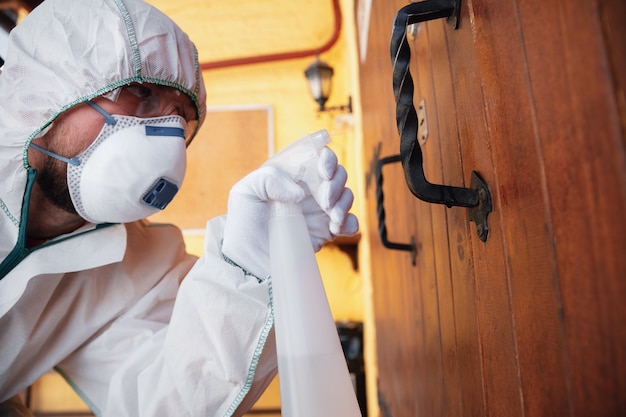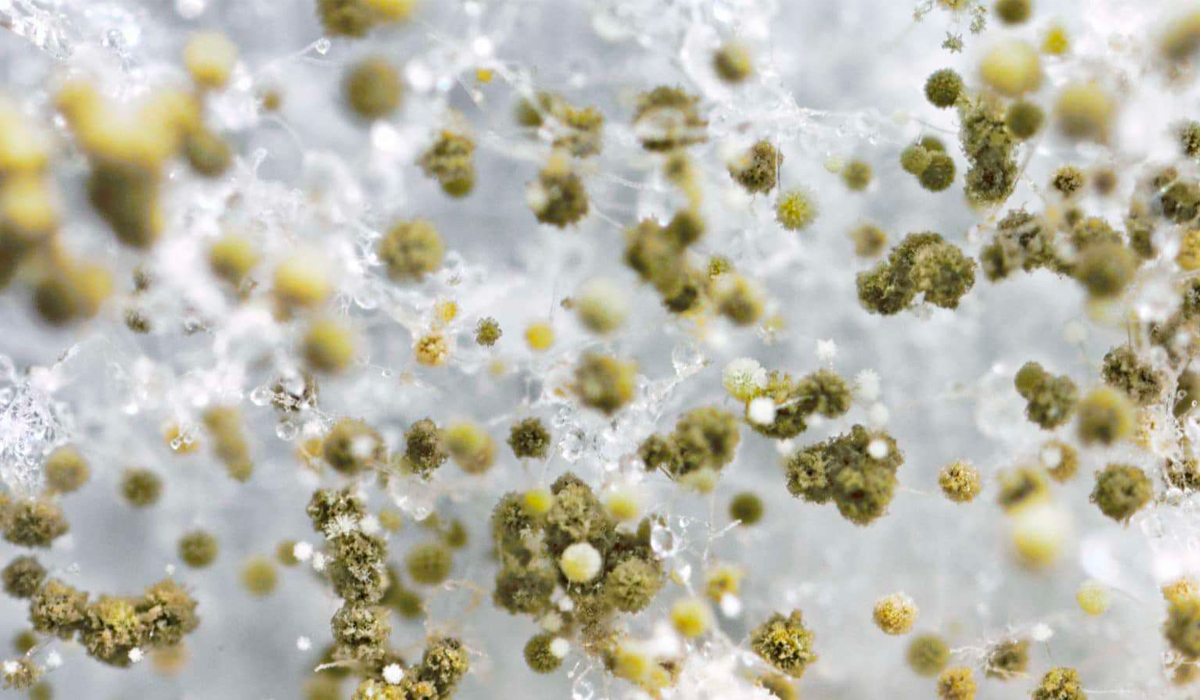
What You Need to Know About Mold Assessment and Prevention in Your Home

Mold can be a serious problem in any home, often appearing unexpectedly in the most unexpected places. This is why it’s important to understand what to look for, how to assess potential mold problems, and how to prevent them from occurring. Knowing how to assess and prevent mold in your home can save you time, money, and a lot of potential headaches down the road. This guide will provide you with the information you need to know about mold assessment and prevention in your home, including how to identify common areas where mold can hide, how to assess whether mold is present, and the best methods for preventing it from occurring. With this knowledge, you can take the necessary steps to protect your family and your home from the potentially harmful effects of mold.
What is mold?
Mold is a type of fungi that grows in warm, moist environments. It’s found almost everywhere, indoors and outdoors, since it grows easily on many materials, including fabrics, paper, wood, dust, and other dust-like substances. The two types of mold that are likely to grow in homes are “common house mold” and “toxic mold”. Common house mold is likely to grow in your home. Toxic mold is more likely to be found in buildings that are excessively water-damaged, such as those affected by floods. Mold spores can spread from one location to another in your home via ventilation ducts, fans, electrical wiring, and other means. They can be carried in on outdoor dust and dirt, or brought into your home by pets, family members, and others who have been exposed to mold spores. Mold spores can be harmful to your health. They can cause allergic reactions, irritate your lungs and skin, and trigger other health problems.
Signs of mold in your home
– icky odors – Mold often produces musty, “earthy” odors that may smell like a musty basement, dirt, or rotten leaves. However, mold can also grow without any noticeable smell. If you notice strange odors in your home, it’s a good idea to check for mold. – discoloration – Mold can also cause discoloration in your home’s fabrics and other porous materials, such as carpeting and wood. It may appear as green or black spots on fabrics, or as discoloration or stains on walls, ceilings, and other surfaces. – visible growth – If you see black, green, or other colored patches on walls and other surfaces, or find black or green fuzz growing on fabrics and porous materials, mold may be present.
Assessing mold in your home
If you notice signs of mold in your home, it’s important to first determine whether or not it’s a localized problem, or if it’s a sign of a larger mold infestation. If you’re not sure if you have a mold problem or need help identifying potential areas of mold in your home, consider hiring a professional. Mold assessment professionals are trained in inspecting homes and identifying potential mold issues. They can also provide you with insight into any potential health risks and determine the best approach for remediation and prevention. – Visible Mold – If you see visible signs of mold in your home, but no other signs, it’s likely that the mold has been contained to a single area. To assess this, you’ll want to check the material that the mold is growing on, as well as any nearby materials, to determine whether or not the mold is likely to spread. – Stachybotrys – If you see visible mold on porous materials, such as wood, fabrics, or drywall, and the material doesn’t appear discolored or stained, but you also see black or green fuzzy growth on the material, this may be Stachybotrys chartarum, or black mold. This type of mold may produce toxic chemicals that can be harmful to your health. If you see visible black mold in your home, it’s important to have it assessed by a mold assessment professional, as well as remediated by a professional mold removal company.
Causes of mold
Mold can grow in almost any environment, but the likelihood that it will thrive varies greatly from place to place. Certain areas in your home are more likely to experience higher humidity levels, which can lead to mold growth. Areas that commonly experience high humidity levels include bathrooms, kitchens, basements, and outdoor spaces, such as gardens and patios. During warm weather, outdoor humidity levels are higher, which can lead to mold growth in outdoor spaces, such as patios and gardens, and create an opportunity for it to enter your home. Indoors, humidity levels tend to be higher in the following areas: – Bathrooms – Bathrooms are often the source of high humidity levels, due to the close proximity of showers, toilets, and sinks. When these items are used, humidity levels can increase significantly. – Kitchens – Kitchen humidity levels vary depending on your home’s design and the equipment being used. In general, kitchens are a high-humidity area, due to the appliances and materials commonly found there. – Basements/Attics – A basement and attics humidity levels may increase if the home’s HVAC system is pulling moist air from the basement or attic into the rest of the home. In areas with cold winters, this may occur even if your home has an HVAC system, as the system is likely to shut down during cold weather.
Health risks of mold
Mold can cause more than just discoloration and musty odors. Prolonged exposure to mold can be potentially harmful to your health. Prolonged exposure to mold can lead to allergic reactions, irritation, and infections from mold spores. Individuals with certain health conditions, such as asthma or allergies, are at a higher risk of suffering adverse health effects from mold. Individuals who have been exposed to mold should have their condition assessed by a medical professional to determine if they require additional treatment.
Preventing mold in your home
The best way to prevent mold in your home is to reduce humidity levels and keep moisture at bay. You can do this by: – Using dehumidifiers in high-humidity areas – using air conditioners or fans to circulate air throughout your home – Using exhaust fans in kitchens and bathrooms – Reducing moisture levels and cleaning up spills as soon as they occur – Changing air filters every 3-4 weeks to remove mold spores from the air – Cleaning and maintaining your HVAC system – Cleaning and maintaining your roof – Cleaning and maintaining gutters – Cleaning and maintaining your home’s foundation – Cleaning and maintaining your home’s walls – Cleaning and maintaining your home’s floors – Cleaning and maintaining your home’s furniture – Cleaning and maintaining your home’s fabrics – Keeping your home clean – Storing items, such as gardening supplies and firewood, outdoors – Keeping your home’s humidity levels at a healthy level – Checking your home’s moisture level – Using sealing materials on your home’s windows and walls – Using sealing materials on your home’s floors – Using sealing materials on your home’s furniture.
Professional mold assessment and removal services
If you suspect that you have a mold problem in your home, it’s best to have it assessed and remediated by a professional mold assessment and removal company. Mold assessment experts are trained in identifying potential mold problems, assessing their severity, and determining the best approach for remediation. Mold removal companies employ trained professionals who are properly equipped to remove mold effectively and efficiently, while also protecting their health and the health of those around them. They also have experience working with insurance companies, should you need to file a claim. When deciding which mold assessment and removal company to hire for your home, it’s important to choose a company that is licensed and insured, has experience in the area in which you live, and has a track record of providing high-quality service. Be sure to review each company’s credentials thoroughly to ensure that you’re hiring the best company for the job.



